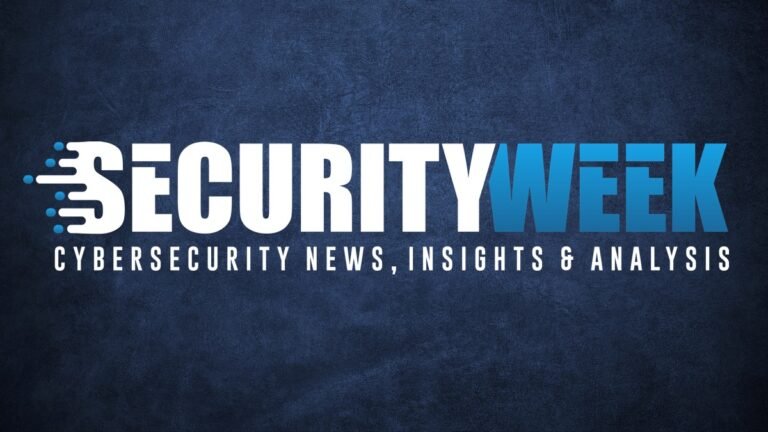Summary Points
-
Quantum Threat Recognition: The MITRE-founded Post-Quantum Cryptography Coalition (PQCC) emphasizes the urgent need for organizations to transition to quantum-safe cryptography, as advancements in quantum computing endanger current data security systems.
-
Migration Roadmap Overview: PQCC’s migration roadmap outlines four critical stages for transitioning to post-quantum cryptography: preparation, baseline understanding, planning and execution, and monitoring and evaluation.
-
Customized Transition Approach: Each organization’s migration process will vary based on factors like data criticality, asset awareness, budget constraints, and required software/hardware updates.
- Proactive Measures Recommended: While quantum computers capable of breaching today’s encryption may be decades away, the PQCC advises organizations to start the migration now to prevent potential data theft that could be exploited in the future.
Key Challenge
This week, the Post-Quantum Cryptography Coalition (PQCC), founded by MITRE, unveiled comprehensive guidelines aimed at helping organizations transition to quantum-safe cryptography. The urgency of this migration arises from advancements in quantum computing, which pose significant risks to existing cryptographic systems ensuring data integrity and secure communications. Aiming primarily at Chief Information Officers (CIOs) and Chief Information Security Officers (CISOs), the coalition’s newly released roadmap outlines a four-stage migration process: preparation, baseline understanding, planning and execution, and monitoring and evaluation. It emphasizes the need for organizations to tailor their transition strategies based on the unique characteristics of their data, budget, and infrastructure.
Although cryptographically advanced quantum computers that can undermine current security may still be a few decades away, the PQCC stresses that proactive migration is essential to minimize the risk of data theft that could be exploited in the future. “This roadmap empowers CIOs and CISOs to act decisively,” remarked MITRE Vice President Wen Masters, underscoring the importance of taking immediate steps to safeguard sensitive information. The release of these guidelines is timely, coming two years after the U.S. government’s quantum readiness recommendations and one year post the publication of NIST’s post-quantum cryptography standards.
Potential Risks
The rapidly evolving landscape of quantum computing poses substantial risks not just to individual enterprises but also to interconnected businesses and organizations reliant on secure data practices. As the Post-Quantum Cryptography Coalition (PQCC) underscores, the transition to quantum-safe cryptography is imperative to thwart potential breaches that could allow malicious actors to steal sensitive data, storing it for future decryption once quantum capabilities are realized. This vulnerability is not confined to a single entity; it reverberates through supply chains, partners, and customers that share data and rely on mutual trust, exacerbating the threat landscape. If one organization lags in adopting post-quantum measures, it jeopardizes not only its own assets but also the integrity of the entire network, fostering a domino effect that could cripple intertwined operations and erode consumer confidence. Thus, the urgency to embrace PQC is both a proactive and communal responsibility, vital for safeguarding the technological ecosystem against imminent existential threats.
Possible Remediation Steps
As we navigate an increasingly complex digital landscape in the realm of cybersecurity, timely remediation becomes paramount, particularly in the context of the recent MITRE publication outlining a Post-Quantum Cryptography Migration Roadmap.
Mitigation Steps
- Evaluate current cryptographic algorithms
- Identify critical assets
- Develop an implementation plan
- Prioritize systems for migration
- Test post-quantum algorithms
- Monitor developments in quantum computing
- Provide workforce training
NIST Guidance
The NIST Cybersecurity Framework emphasizes the need for proactive risk management and continuous assessment of cryptographic practices in the face of evolving threats. Refer to NIST SP 800-160 for more comprehensive strategies on managing resilience against quantum advancements.
Continue Your Cyber Journey
Stay informed on the latest Threat Intelligence and Cyberattacks.
Explore engineering-led approaches to digital security at IEEE Cybersecurity.
Disclaimer: The information provided may not always be accurate or up to date. Please do your own research, as the cybersecurity landscape evolves rapidly. Intended for secondary references purposes only.
Cyberattacks-V1

